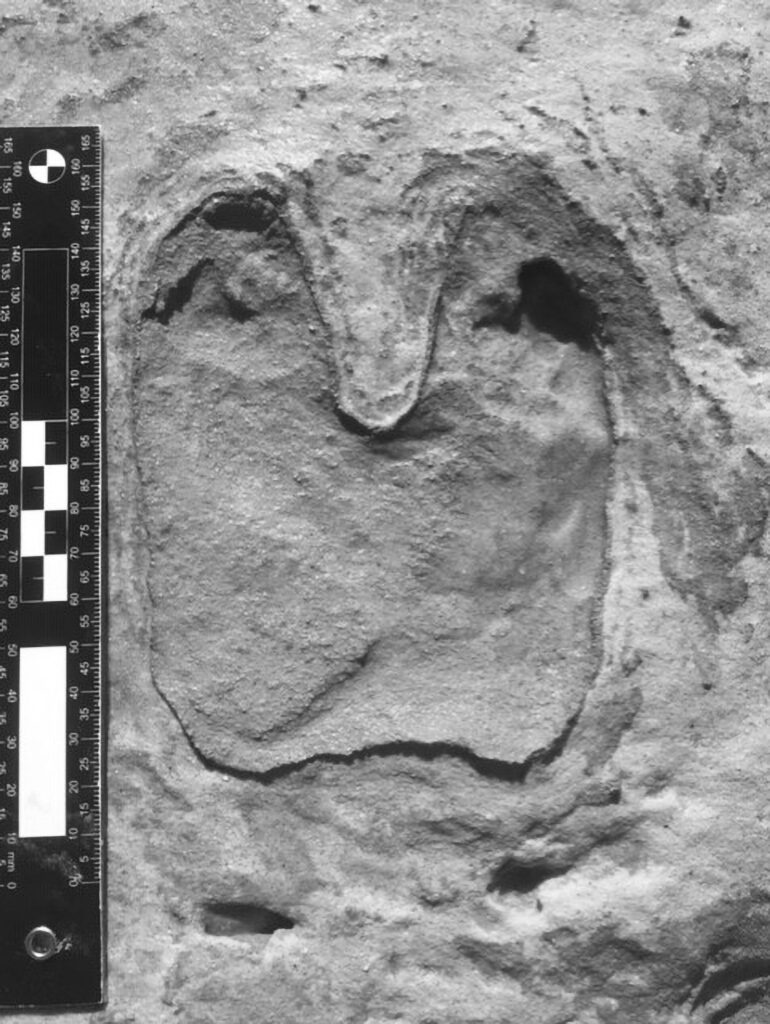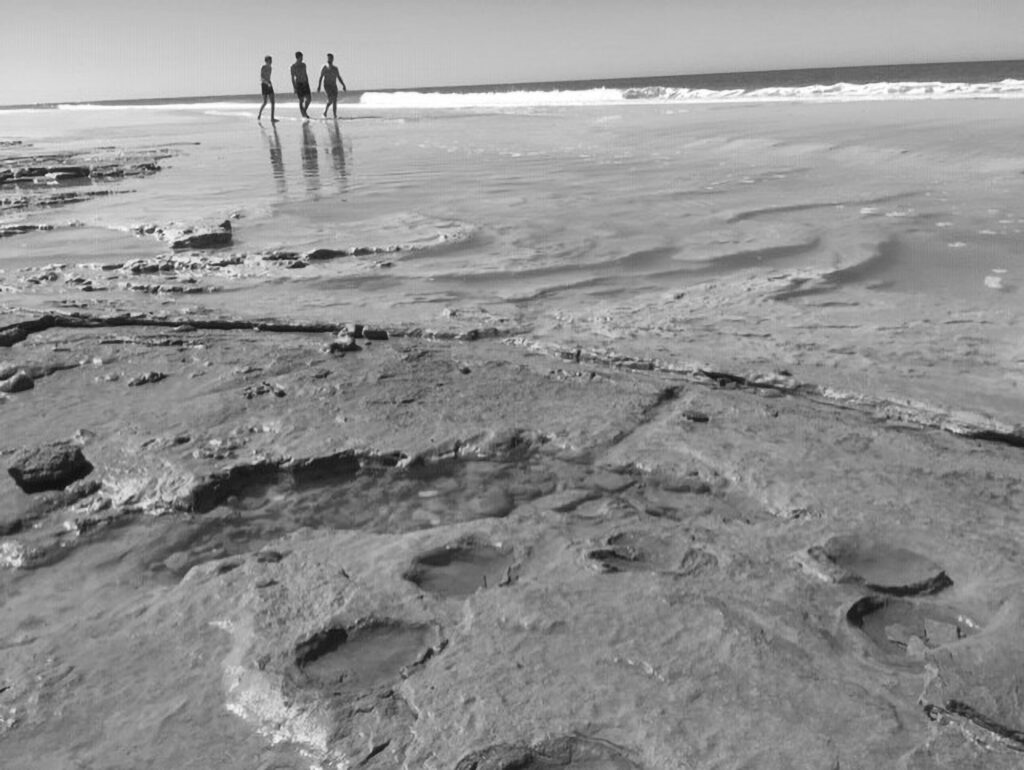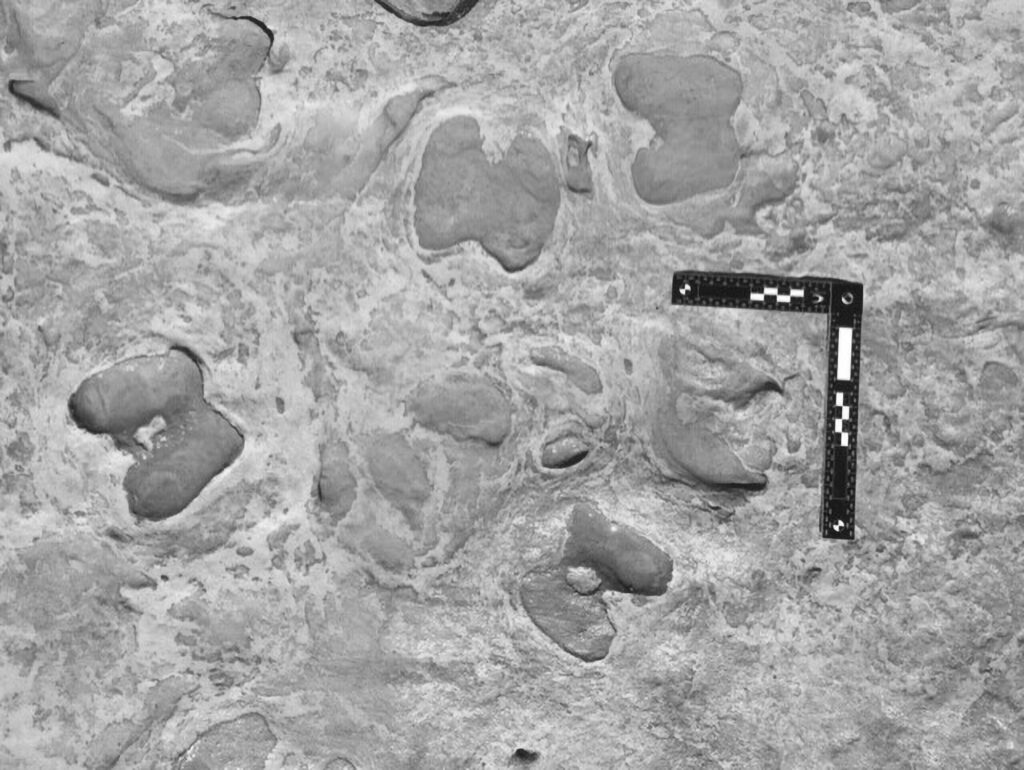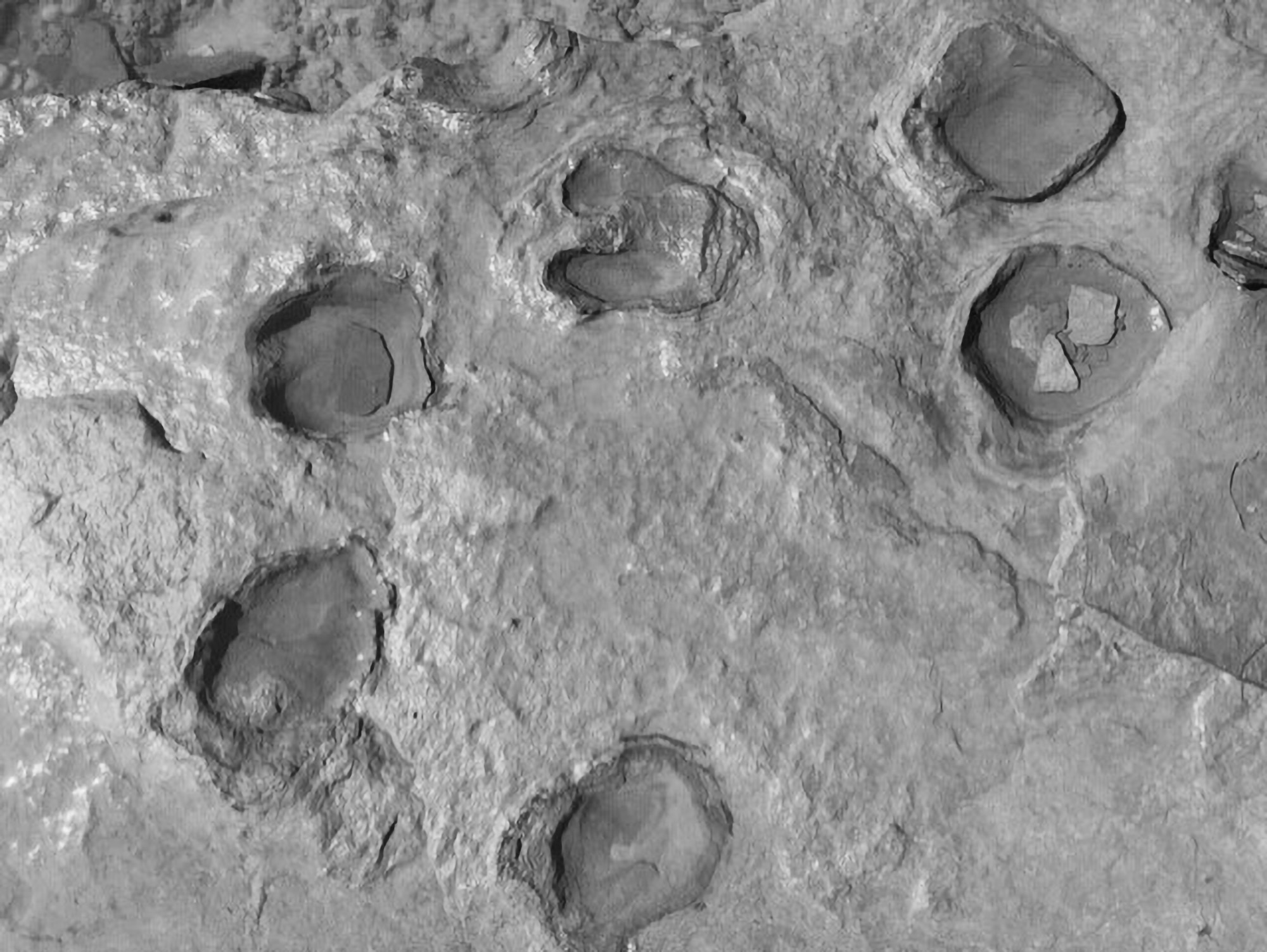The largest area of fossilised animal tracks in Spain, dating back 100,000 years ago, was spotted by two biologists taking a stroll when the sea temporarily washed away the sand covering them.
The discovery occurred in early June this year underneath the coastal cliffs in the Donana National Park area in the province of Huelva, in the southern Spanish community of Andalusia.
In an exclusive interview with Newsflash, national park guide and tracking expert Jose Maria Galan, 48, said that the discovery was made by two Biologists who work for the National Park, identified as Dolores Cobo and Ana Mateos.
Cobo and Mateos were walking along the beach out of work hours when a strange area of sediment caught their attention and they quickly informed the park management of their discovery.

A multidisciplinary team of experts from the National Park, researchers from various Spanish and Portuguese universities, and staff from the National Museum of Gibraltar came to the area to investigate.
After initial studies, the sediment was identified as 100,000 years old deposit of animal tracks, the largest in Spain to date.
According to Galan, changes in climatic conditions of the area in recent years have meant that the sea level has risen and began to eat away at the cliff-edge until the sea washed away the sand that covered the site, exposing it for a short period of time, although “currently it is covered again by a 30 centimetres (11,81 inches) layer of sand.”
The results have been published in the journal Quaternary Science Reviews and reveal the great paleontological value of the site that belongs to the late Pleistocene period which began about 2.59 million years ago and ended in approximately 10,000 BC.
The study was able to confirm the presence of species like the common red deer (Cervus elaphus), wild boar (Sus scrofa), elephants (Palaeoloxodon antiquus), wolves (Canis lupus), waterfowl (Anseriformes) and shorebirds (Charadrii) that inhabited the zone.

Fossil footprints deposit in Matalascanas beach 
Presence of hoofprints with slender and sharp cleaves that can be related to deer
Galan told Newsflash that these animals were found to be significantly larger by their track prints and he believes they have evolved over the years to adjust to environmental conditions getting smaller and smaller.
The animals lived in what was previously a dune area with freshwater lagoons from which the sea was located at a distance of approximately 20 kilometres (10,8 miles) further back.
The data obtained continues to be investigated.
To find out more about the author, editor or agency that supplied this story – please click below.
Story By: Amanda Morales, Sub-Editor: Michael Leidig, Agency: Newsflash
The Ananova page is created by and dedicated to professional, independent freelance journalists. It is a place for us to showcase our work. When our news is sold to our media partners, we will include the link here.




